The art of photography is becoming quite the hype nowadays.
Now more than ever, some of the most incredible photos are popping up all over social media as people look to showcase their talents and adventures.
Being full-time fish, Joey and I are not here to to give you tips on how to be a land photographers, so lets suit up in dive gear and take your picture taking talents underwater.
So you want to be an underwater photographer – well as with any sport, the key to success is practice and persistence. Only by trying, failing, adjusting and then trying all over again, will you learn and improve your shots.
Unlike land photography, taking pictures underwater is harder – but looking at the fantastic images that can be produced, it is well worth the struggle.
Joey and I are no photography experts by any stretch of the imagination. Scuba diving is our first passion. But if you are new to the underwater photography scene, here are some beginner tips and tricks that will get you well on your way to bringing your underwater camera to a place where most people would never dream of taking theirs.

It’s not rocket science; if you want to be an underwater photographer, it’s imperative that you are comfortable in a water environment.
For those without a scuba diving certification; snorkel, free dive, and work on your breath-holding skills. The ability to swim well, and in some cases fast, to catch up with a subject is a definite requirement.
For scuba divers, getting that scuba certification is not enough, you need to make yourself a good diver first. Work on that neutral buoyancy, get used to bulky gear, figure out how to dive without needing your hands.
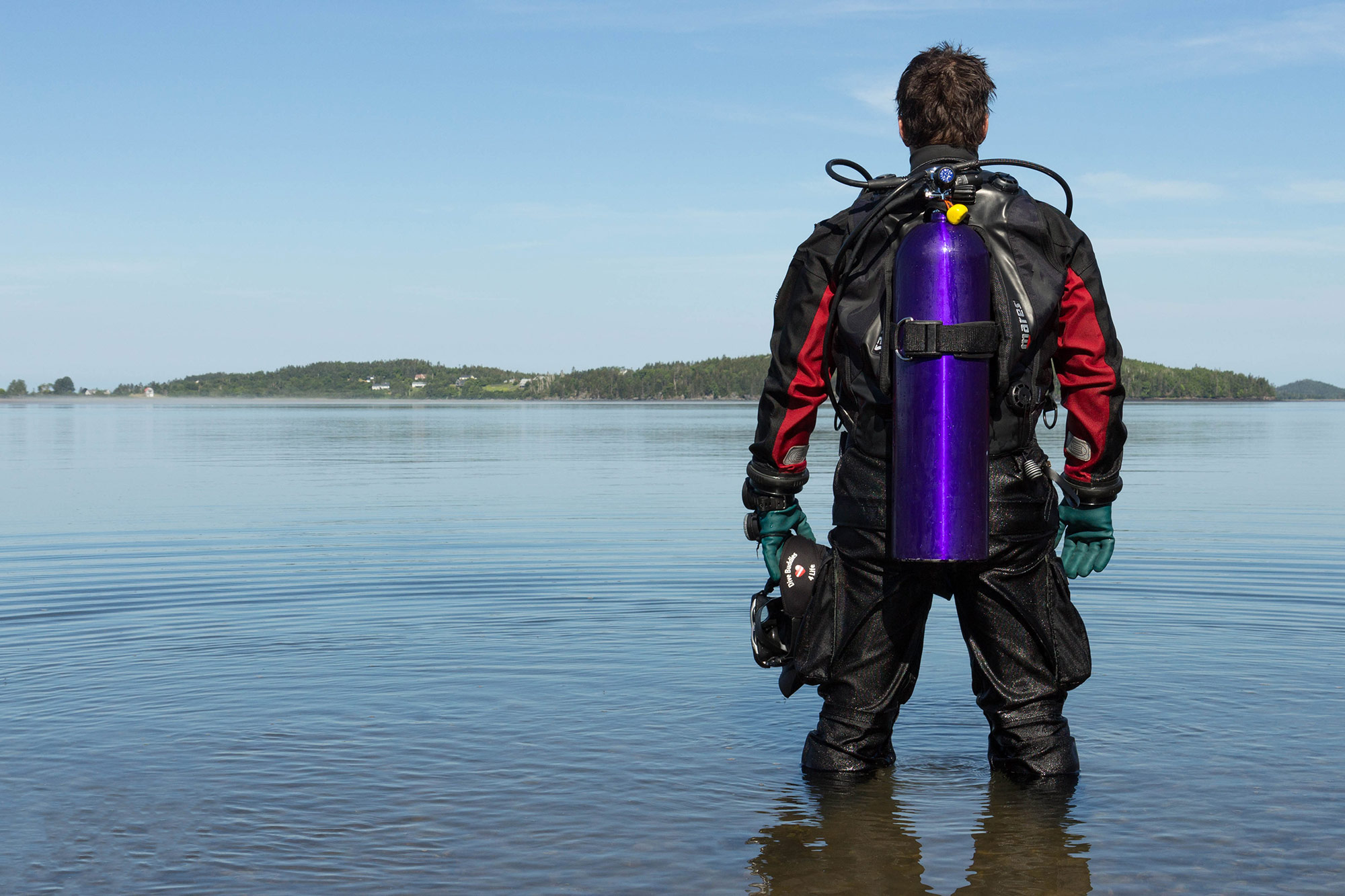
New to scuba diving? You are not alone as you embark on your quest to explore the underwater realm. Every year thousands of people all over the world get scuba certified. Check out our intro to scuba blog post to find out about one of the most adrenaline-pumping hobbies on the planet.
Once you have mastered the art of being in the water only then should you think about accessorizing with camera gear!
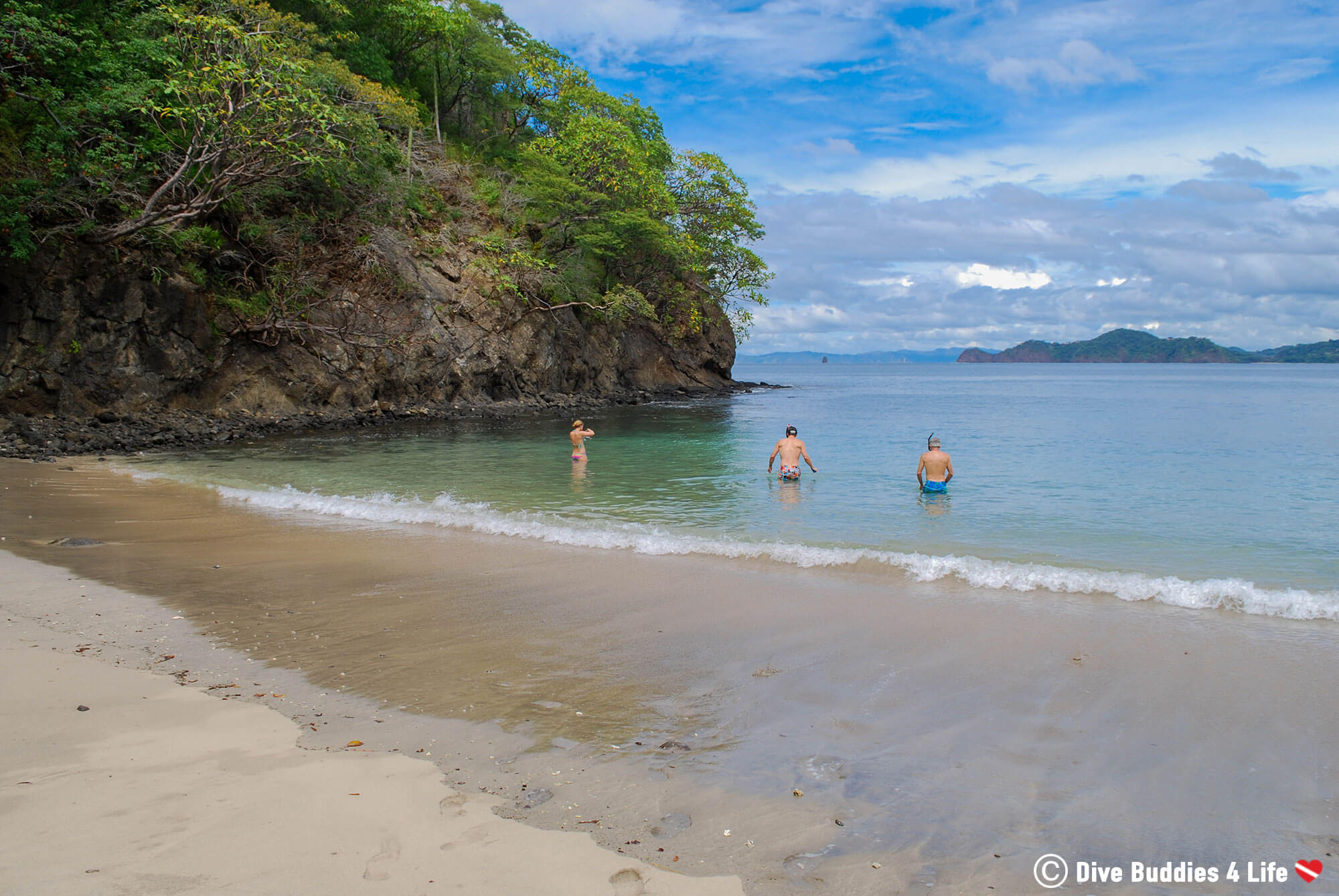
Can you say clear, calm and controlled environment?
Make a local swimming pool your photography testing grounds. No matter how good of a diver you are, adding extra gear is going to cramp your style. Not only that but with photography there are so many different working parts to figures out, move, test, adjust… By learning the ropes and practicing in a pool, you can quickly grasp the basics before jumping into the open water.
Bring your gear, grab a buddy and dive into this prefect photography environment.
What some divers don’t realize is that light and color gets lost very quickly in an aquatic environment.
Shooting through water is tricky because water filters out light, which in turn affects your pictures. Red, oranges, and yellows are the first colors to go followed by greens and purples. The last colors you lose is blue.
A little light goes a long way in the underwater world. To bring back all the lost color and breath life back into your pictures, strobes are an absolute must when it comes to underwater photography. You can have the best camera in the world but if you don’t pair that with decent lighting, your pictures will be dull, monochromatic and fuzzy.
If you don’t have strobes – get some, if you have strobes but don’t use them – learn how. How do you choose what strobes to buy?? Our advice, get the highest-powered strobes your budget can afford – you’ll thank us later!
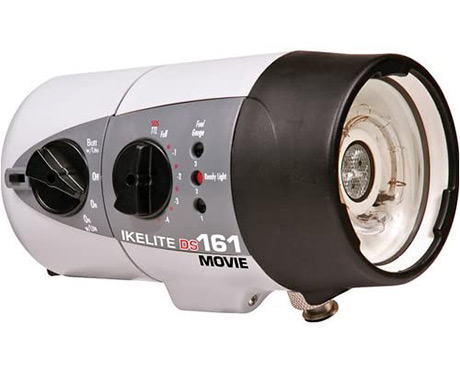
Our go-to photography strobes are the Ikelite DS161 with NiMH rechargeable battery pack. The DS160 series strobes are specifically designed for underwater use to provide the most colorful and natural wide-angle lighting on the market.
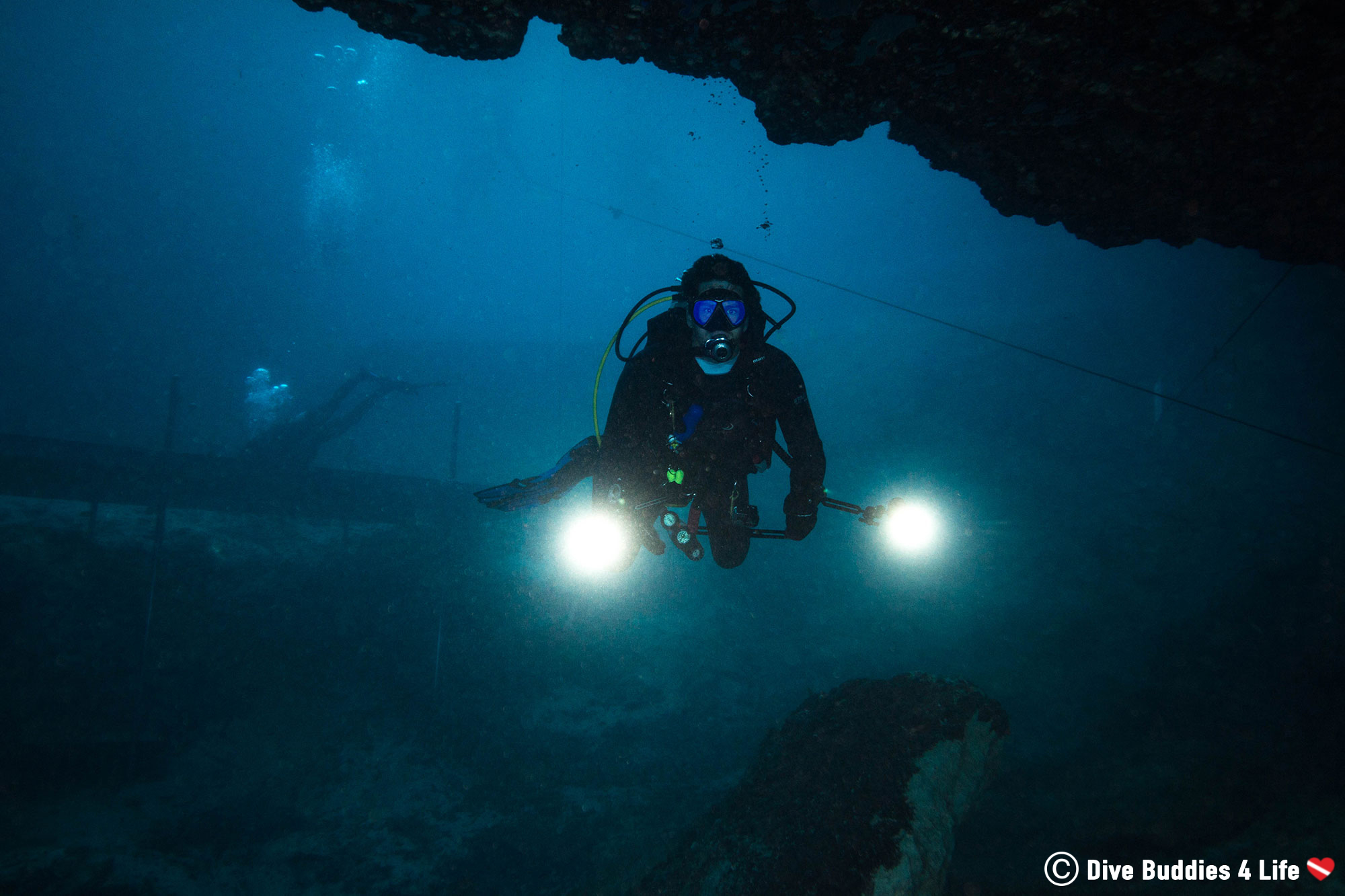
Just kidding, well sort of…
Capturing breathtaking images on its own is challenging. Pair that with scuba diving and the task can almost seem impossible.
Controlling your buoyancy, keeping track of your air, navigating, watching for hazards, watching your buddy… When you’re buried under camera gear, it’s easy to tune the world out and focus exclusively on getting that perfect shot. As an aspiring underwater photographer, spend as much time as you can underwater with or without camera gear, so you can learn to multitask and keep safety a priority.
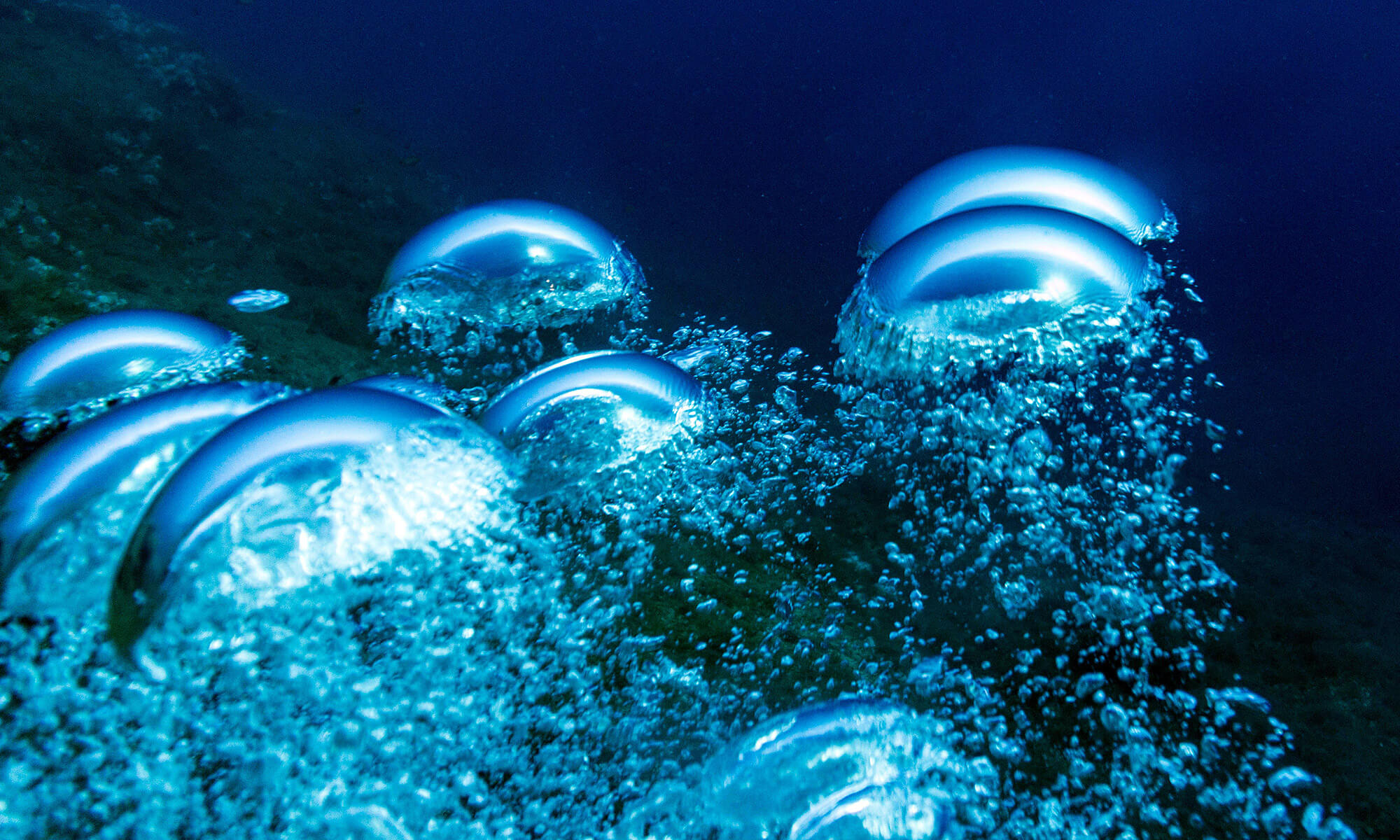
Want to improve your air consumption and control your breathing? Conserving your air while scuba diving is an important skill to master. Find out how you can get more out of your scuba diving tank.
You may think you’re close to your subject – but let me tell you, you’re not.
Subject proximity is a crucial part of underwater photography. As stated above, light disappears quickly under the waves, because water is 800 times denser than air. Therefore the closer you are to your subject, the better said subject will look in your photograph.
If you are using strobes getting nice and close will help capture the best detail and reduce the chance of backscatter.
So move in as close as possible and fill your frame with the subject.

Want to make your subjects pop?
Search out animals that don’t blend in with their environment to draw attention to the subject you are photographing.
Green on red, solid color on a patterned background, a colorful gorgonian with a diver silhouette in the background… Unless you’re playing a game of Where’s Waldo – different is what makes a picture stand out among the masses.
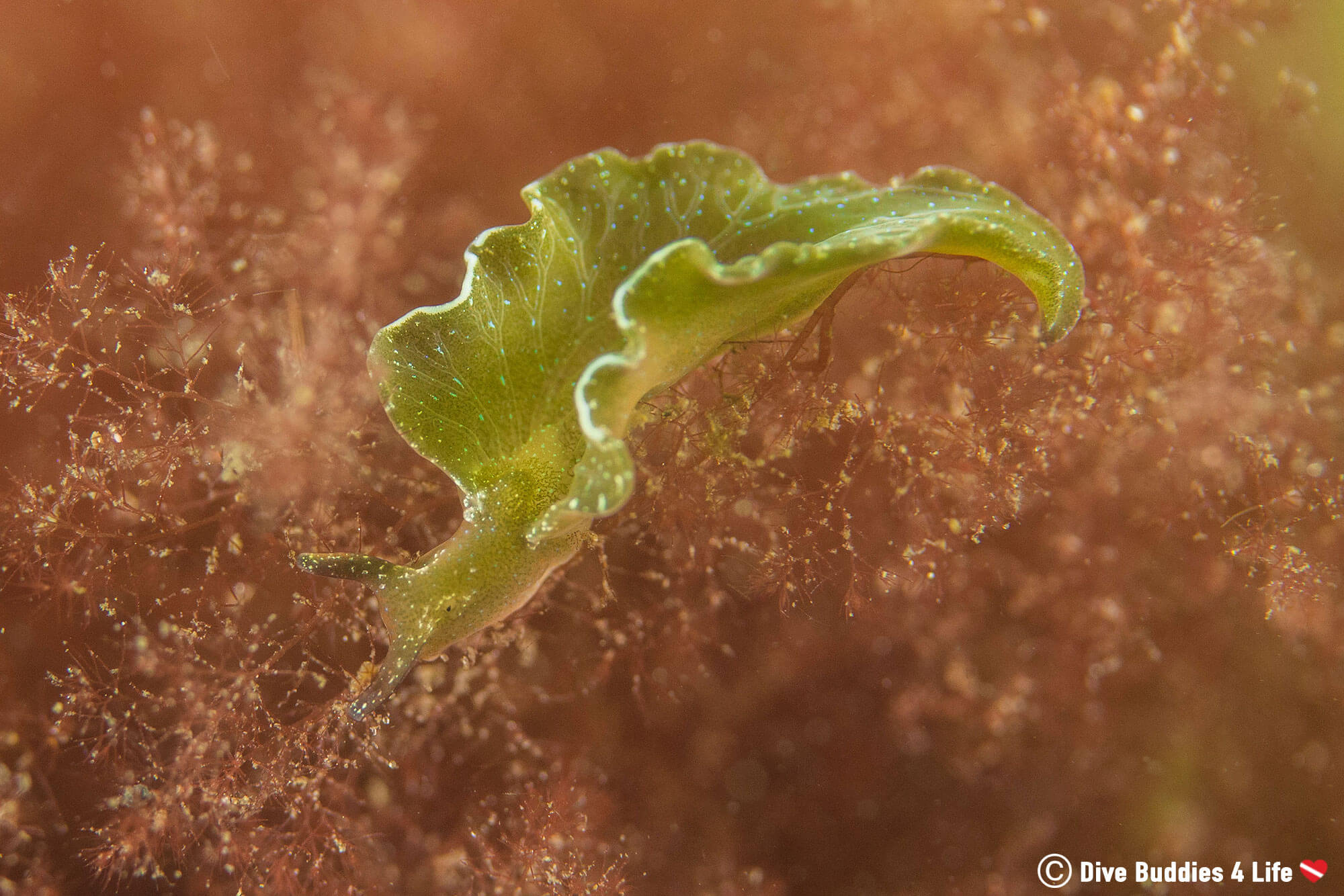
Perspective is everything when it comes to underwater photography. Anybody can go snorkeling and see the dorsal side of a fish. Captivating underwater pictures are taken when the photographer get eye level with a fish.
When possible, get low and shoot from below looking up. This low positioning will create separation in your image, isolating your subject against the water column, as opposed to a jumbled mess where what you are photographing gets lost in the seascape of colors.
Likewise, if you’re shooting a creature, getting low will allow you to focus on the subjects eye, or if you’re shooting an underwater landscape, you will be able to use some of the natural light to add an extra dimension to your picture.
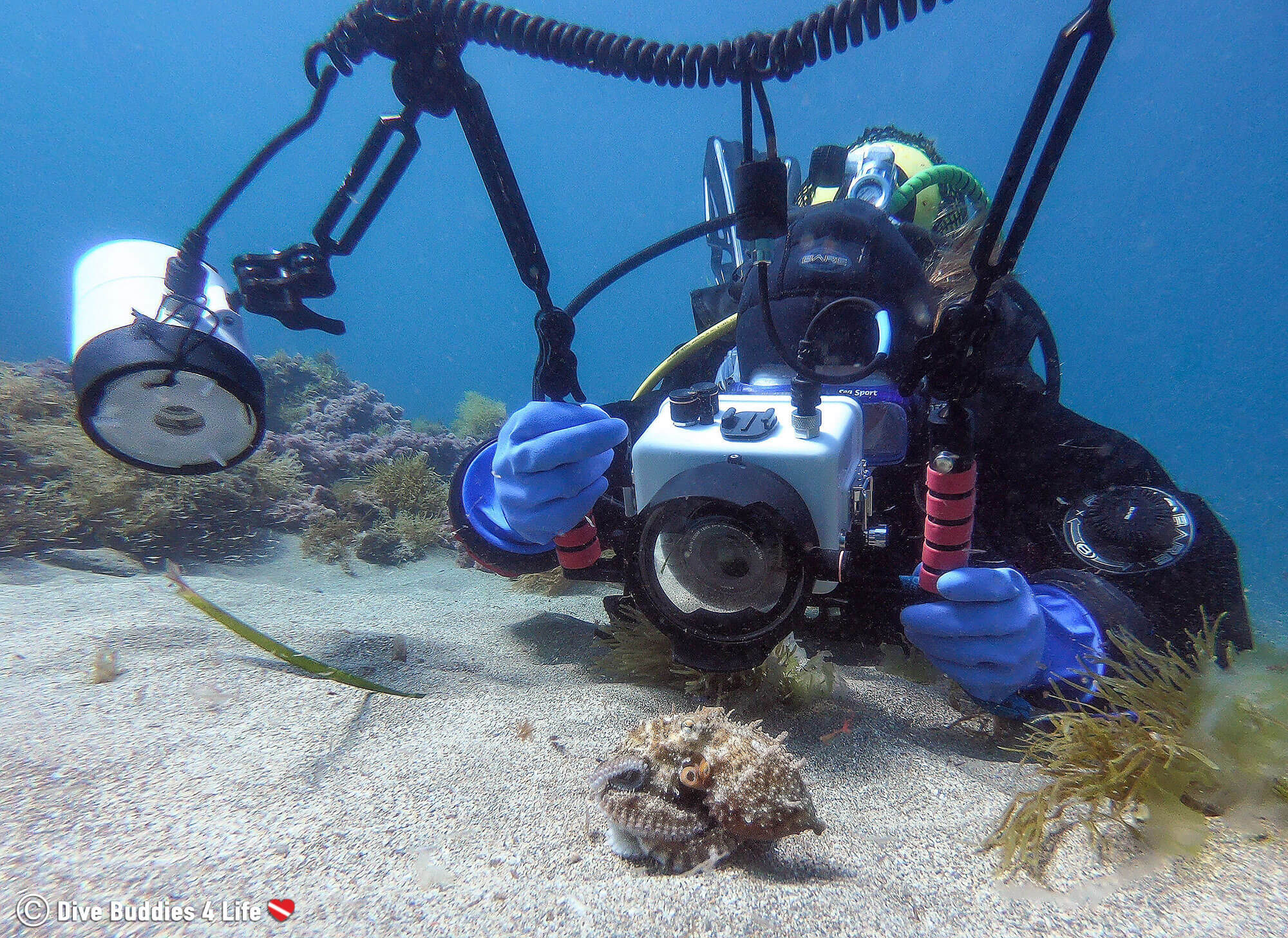
Exception: As always there are exceptions to this rule. Sometimes when it comes to turtles, sharks and whales shooting from above onto a contrasting bottom or open ocean can be pretty spectacular.
Arg! The dreaded image sorting and post-processing battle.
As tedious as post-processing may seem, it’s something that can’t be ignored, especially when it comes to underwater photography.
Photographing in the underwater world is imperfect by nature. You’re battling limited lighting, backscatter, refraction, moving critters, color loss… and that’s just naming a few. By bringing your images into a photography software, you can correct and refine some of the pictures that didn’t quite get captured as you saw them.
Most photographers have conflicting emotions when it comes to this stage of underwater photography and depending on who you talk to; everyone has a different opinion on which digital software is best. For us, the consensus is Lightroom and Photoshop. The software may seem tricky to master at first, but once you get the basics, these programs do a top notch job at photo touch-ups.
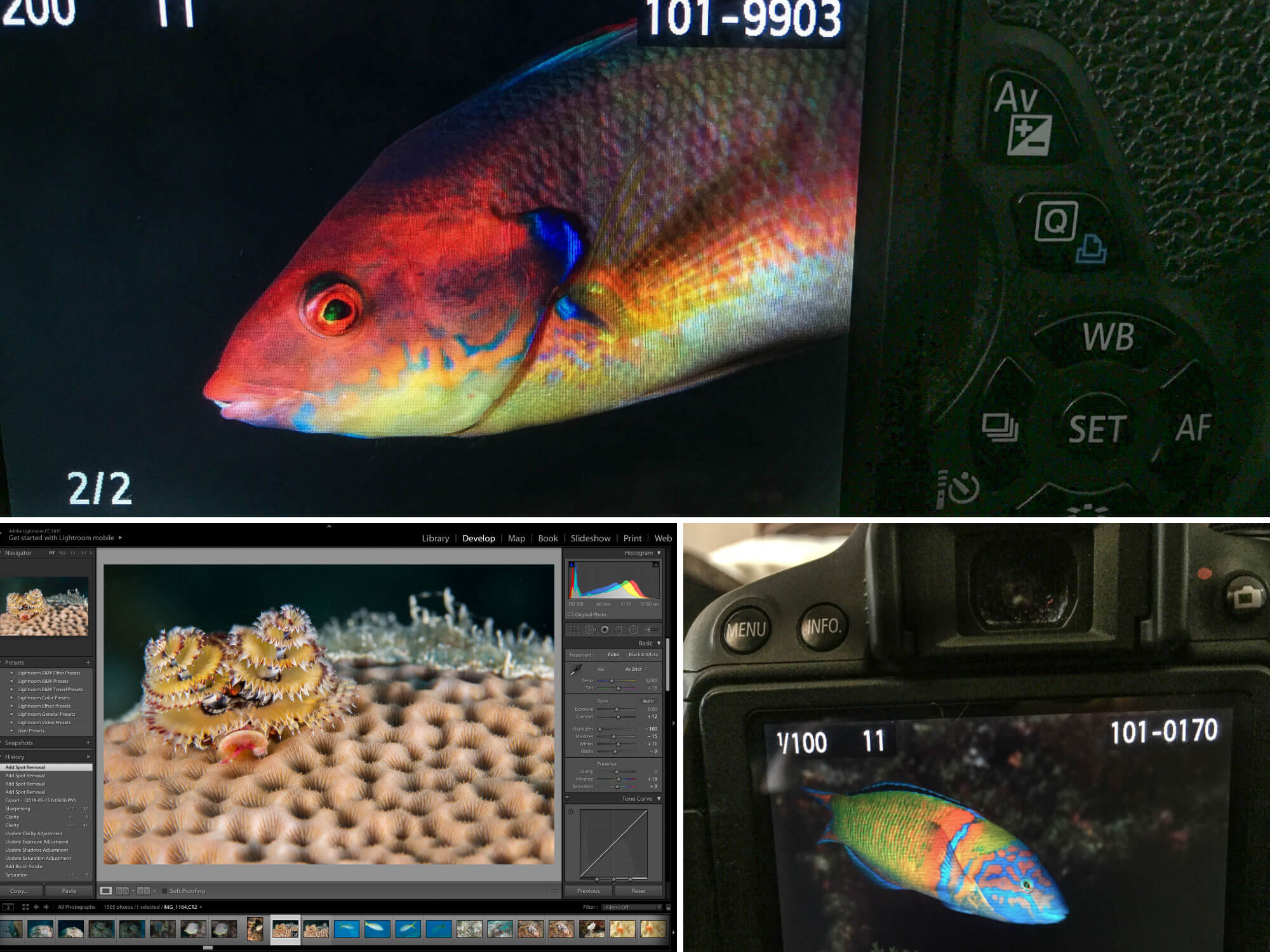
The world of underwater photography is a sophisticated yet rewarding endeavor in which this guide only scratches the surface. A dirty little secret of any photographer is that no matter how many years you have been in the field or how elaborate your setup is, anyone with a camera is still always learning new tips and tricks on how to use it. Enjoy every second of your journey beneath the surface into the world of underwater imaging.
Happy photographing!
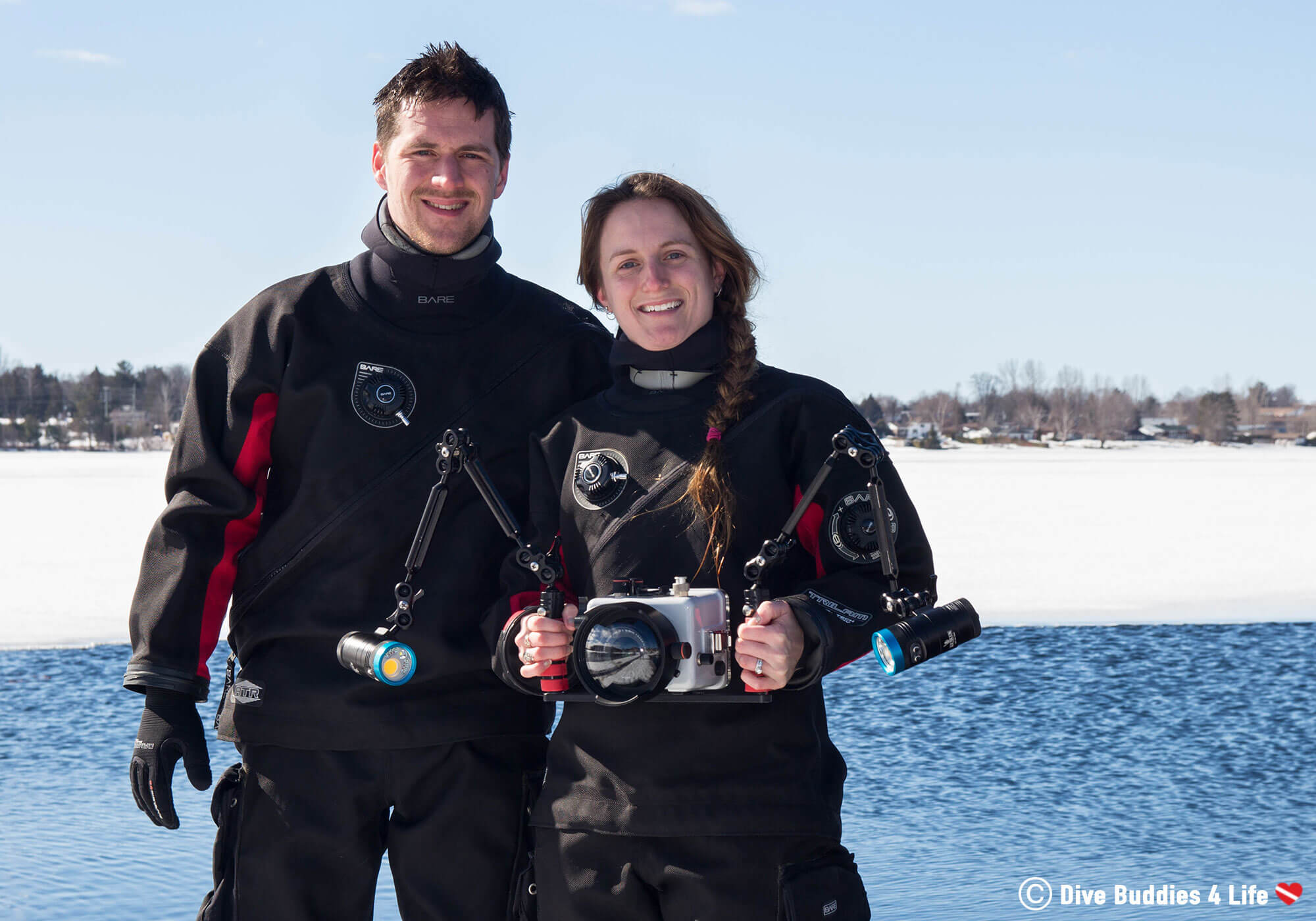
For more advanced underwater photographers, what is your one favorite photography trick?
Writers Note: This post may contain affiliate links. We will make a small commission if you make a purchase through one of these links, at no extra cost to you. See full disclosure and disclaimer policy here.

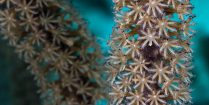
Not all things underwater can be seen at first glance - for some, you need to take a closer look. Macro photography is the art of close-up photography on small subjects.
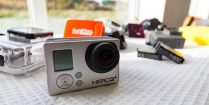
Problem: you want to take decent underwater pictures but good photography gear is just so expensive. Solution: learn how to take good underwater pictures with your handy dandy GoPro, it's easier than you think.
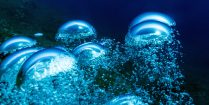
Are you a pig on air? You are not alone. Find out how you can get more out of your scuba diving tank.
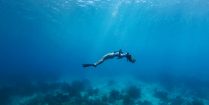
Hair versus scuba, now that's a combination that doesn't mix. So how do you stay away from the tares, tangles and hours upon hours of post-dive hair brushing?

It's not easy being green in a day and age where everything is plastic and waste. Let sustainability lead the way as you explore the underwater world.
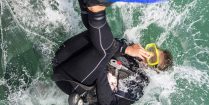
No matter what level of diver you are, scuba backroll entries are a fun-filled way to get off the dive boat and get into the water.

Everybody loves the idea of scuba diving, but the aspect of post dive cleanup is a much different story. It’s long, it’s tedious and it almost impossible to do it without getting wet - yet again.

It’s a tale as old as time - women fighting against the assumption that they are weaker than men, women trying to rise in the ranks in a primarily male-dominated industry. And the battle is making progress, but it isn’t over yet...
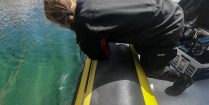
As a diver, sometimes you get hit with seasickness. Here are our solutions to dealing with seasickness before and during your dive.

Taking your love for photography to new depths can be a challenge. Here are eight tips and tricks for a beginner underwater photographer.

Such useful tips! Besides, the most powerful skill that can increase our photography level up is… Buoyancy! Taking photographs submerged requires lightness at an altogether extraordinary level. We will probably arrive at where we can shoot a macro photograph of a small blenny, without contacting the reef, while going against the flow. What’s more, get the eyes in the center!
My friend is looking for a new hobby to start that can help him understand nature more once this pandemic is over. I like your suggestion of trying out underwater photography because it gives you a new perspective of nature. Maybe we should look around for a photography store to help him get started with this new hobby.